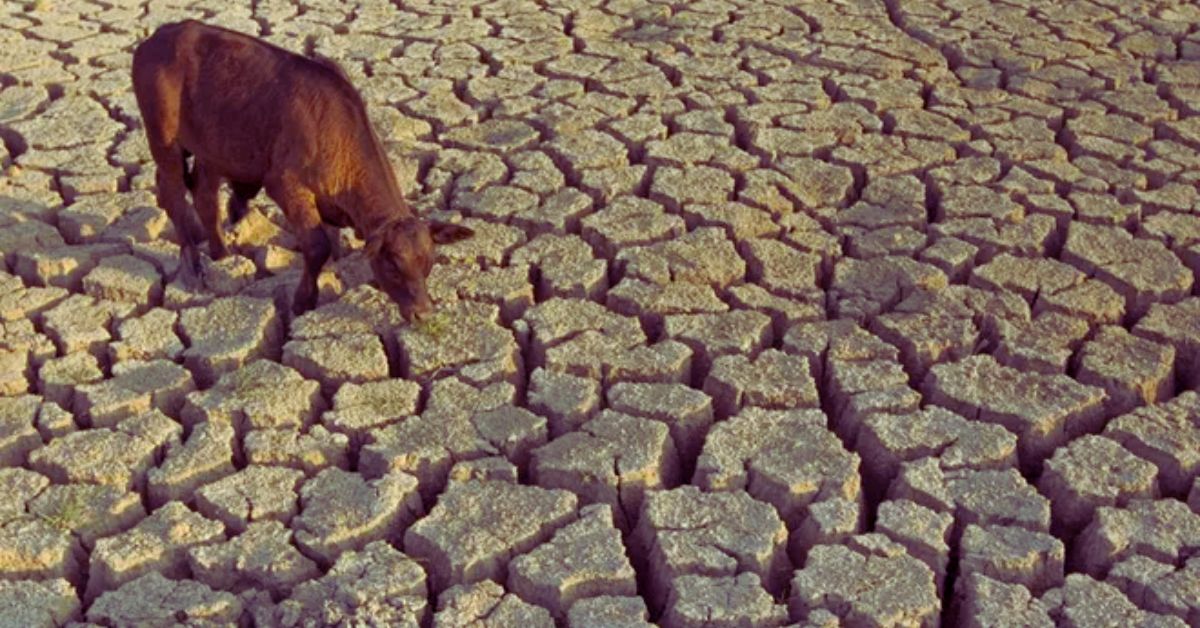Texas crop production has been hampered by both hunger and drought. Texas A&M AgriLife Extension Service expert, the limited supply of corn and sorghum as well as the uncertain future have driven up the price of those crops.
Dr. Mark Welch of the Texas A&M Department of Agricultural Economics’ AgriLife Extension economist-grain marketing, crop production for Texas summer-grown crops like maize and sorghum in 2023 will be higher than in 2022.
However, producers in some areas will still suffer a little from the dry weather in time for this year’s harvest. The crop production for 2023 has been “a mixed bag depending on location,” to Welch, despite the fact that much of the state got a good late winter and early spring rainfall.

Drought Across Texas Worsens
Early in 2023, there was an increase in rainfall in the South Texas and Coastal Bend region, which helped farmers get a jump start on crop output.
Producers in Central Texas did not receive the same amount of rainfall as those in the southern part of the state, which led to this summer’s high heat and stunted crop growth at vulnerable periods.
We have recently covered top articles related to Texas. For more details, you can read the articles suggested below:
- Heartbreaking News Five Children Stabbed, Three Dead By Mother In Texas
- Mbappe Net Worth: Find Out The Latest News About Mbappe In 2023
To Welch, the basis price—the distinction between the current market price for feed grain and the local cash price—has been stable all summer.
Additionally, Texas farmers who were able to plant their crops during the early planting months, which led to strong yields, have seen a considerable boost in pricing as a result of the drought afflicting the Corn Belt of the country. Here is drought conditions have persisted throughout the summer months in Texas, check out below Twitter post:
High temperatures and drought conditions have persisted throughout the summer months in Texas, with little rain to provide relief. #TexasReport #CropAndWeather
Full report: https://t.co/RKzW0qscxG— RGV.com™ (@rgv_com) September 10, 2023
Due to the increased demand for fodder from producers and livestock owners, forage prices, including those of hay and silage, have increased in Texas and other southern states.
Welch predicted that it won’t be until late September or early October before it is known how the ongoing heatwave and drought are affecting 2023 production.
The conflict between Russia and Ukraine is another factor pushing up prices. Over the previous week, the district experienced a few isolated rains, but sadly, they weren’t enough to break the hot, dry weather. The temperature was a little lower.
Crops that were irrigated were collapsing and losing water supply. In several counties, there were no profitable dryland crops or fields. Despite a decent first cutting, there was not enough hay produced to endure for an extended period of time.
Brown pastures and extremely low stock tank levels were present. Farmers complained that there wasn’t enough elevator storage to handle this year’s enormous maize yield.
In some cases, grain was being augured onto the ground or stored in totes. Feral hogs damaging these totes to get at the corn grain was another problem. Although the soil was too hot and dry to allow for planting, several fields had already been prepared for the fall planting of winter cereals.
Trees were extremely stressed by the drought. Heat-burnt vegetable gardens that weren’t irrigated. Because there was little access to grass, cattle received significant supplements. As producers sold off their herds, more cattle were anticipated to enter the market.
The information we’ve provided should be sufficient to meet your requirements, and we sincerely hope it is. Please leave feedback in the section below if you found this article helpful. Please visit our website kerrvillebreakingnews.com.



